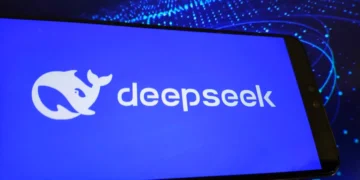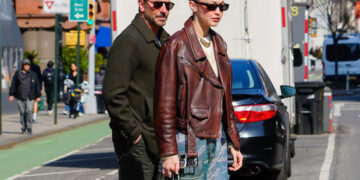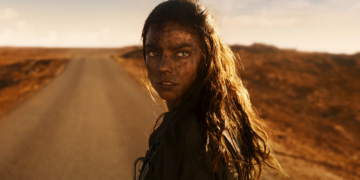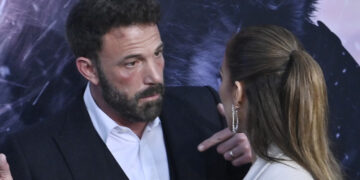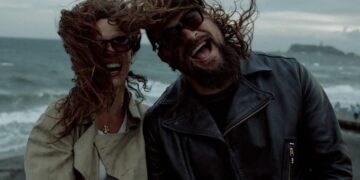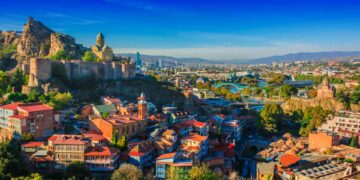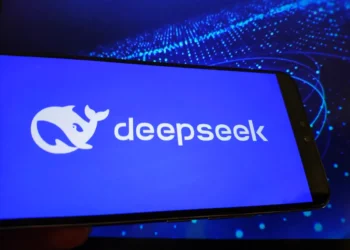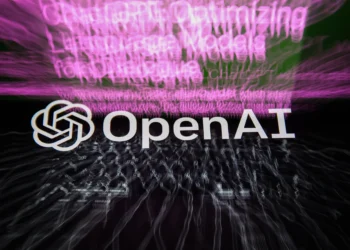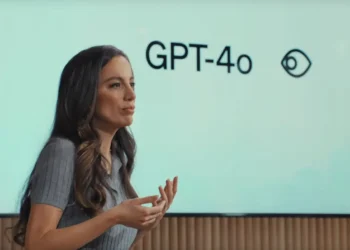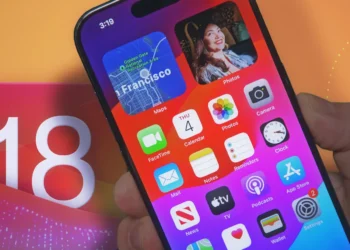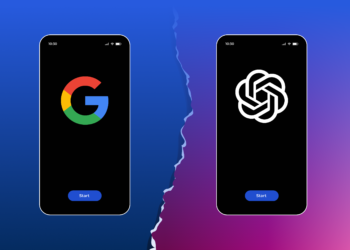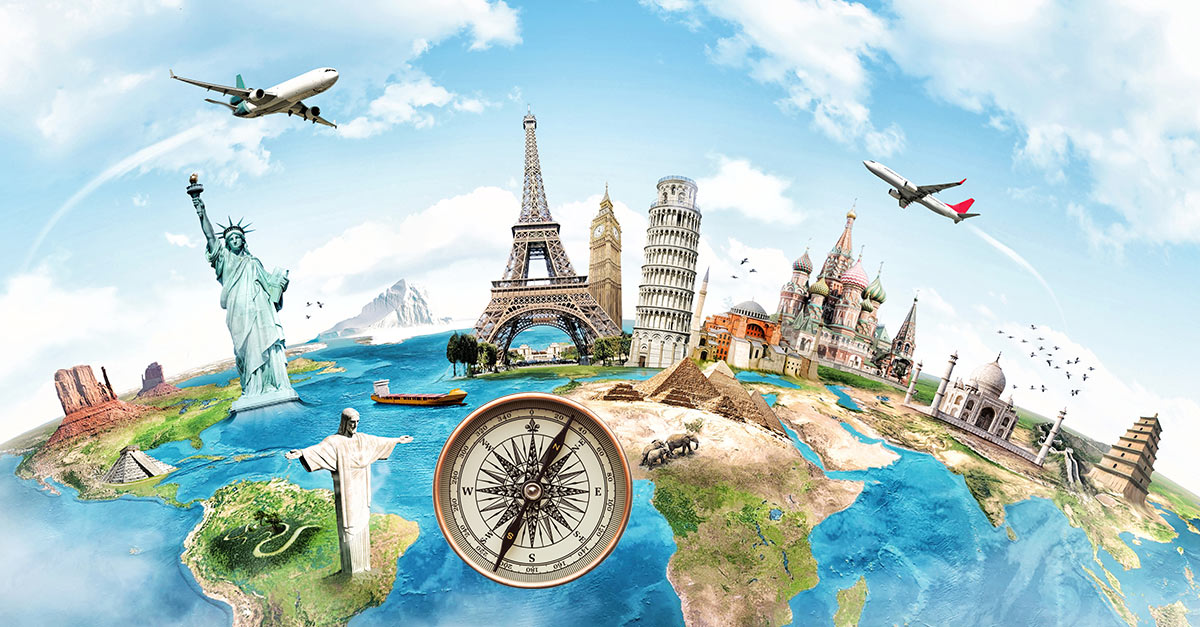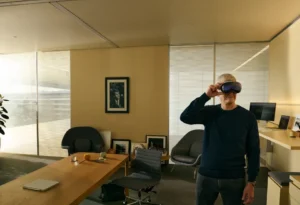
The initial encounter Tim Cook had with what would eventually become the Apple Vision Pro didn’t bear that name. It occurred several years ago, perhaps six, seven, or even eight years back. This was before the construction of Apple Park, the very place we find ourselves now, seated at a beautifully crafted oak table within this remarkable circular structure adorned with extensive curved glass. Following a bout of rain, the clouds are dispersing above the pine, citrus, and maple trees, while the sun’s rays dance on the pond nestled amidst the meadow, casting a mesmerizing spectacle. In his soothing Southern drawl from Robertsdale, Alabama, Cook reminisces about that particular moment from years past when he first laid eyes on it.
It happened at Mariani 1, a nondescript low-rise building situated on the outskirts of the old Infinite Loop campus, its windows ominously blacked out. So covert is this location that it’s considered one of Apple’s “black ops” facilities, known to only a select few. The vast majority of Apple’s thousands of employees have never stepped foot inside its premises. Upon entering, multiple layers of locking mechanisms seal doors both behind and ahead of you. However, as the CEO, Cook holds the keys to every door. Consequently, he casually navigates past restricted areas where concepts for foldable iPhones, MacBooks equipped with retractable keyboards, or even transparent televisions were conceived. Within these chambers, a plethora of groundbreaking devices, destined to remain within the confines of this facility, are meticulously stored within locked Pelican cases ensconced within secure cupboards.
This building holds a mythical status within Apple, being the very birthplace of revolutionary products like the iPod and the iPhone. It’s within these hallowed halls that Cook encounters the industrial design team engrossed in the development of a project shrouded in secrecy. Mike Rockwell, the vice president of Apple’s Vision Products Group, is present as Cook lays eyes on it for the first time. Cook describes it as a “monster,” an imposing apparatus. Seated before it, he witnesses this massive, crude contraption being positioned around his face—a giant box adorned with half a dozen screens stacked atop each other, with cameras protruding like whiskers. At that moment, it’s far from being a wearable device, lacking any semblance of comfort or elegance. The machine emits a steady, deep hum, its large fans whirring on either side of Cook’s face. Wires snake across the floor, disappearing into another room where they connect to a supercomputer. Buttons are pressed, lights flicker to life, and the CPU and GPU kick into action, pulsating at billions of cycles per second, transporting Tim Cook to a realm akin to the moon itself.
In that moment, he finds himself there, seated on the lunar surface, amidst the legendary figures of Buzz Aldrin and Neil Armstrong from Apollo 11. As he gazes around, he’s greeted by the ethereal glow of ancient lunar dust under a vast, star-spangled sky. It’s a sight of unparalleled magnificence, a breathtaking tableau of awe-inspiring wonder. And there, in the distance, gleams the Earth—a tiny blue orb, the birthplace of all this astonishing magic unfolding before his eyes.
But Cook’s not just on the moon. He’s also in that secret room. In that secret building. And he can see Rockwell and other Apple employees, and he can see his own hands. And he knows right then and there what this all means. Like the universe is telling him something. He knows that this is the future of computing and entertainment and apps and memories, and that this crude apparatus wrapped around his head will change everything. He knows Apple has to make this thing its next product category.
What Cook didn’t know is how his engineers were going to take this thing that needs a supercomputer in another room, and fans and multiple screens, and shrink it down to the size of a pair of goggles that weighs a little more than a box of spaghetti. “I’ve known for years we would get here,” Cook told me. “I didn’t know when, but I knew that we would arrive here.”

